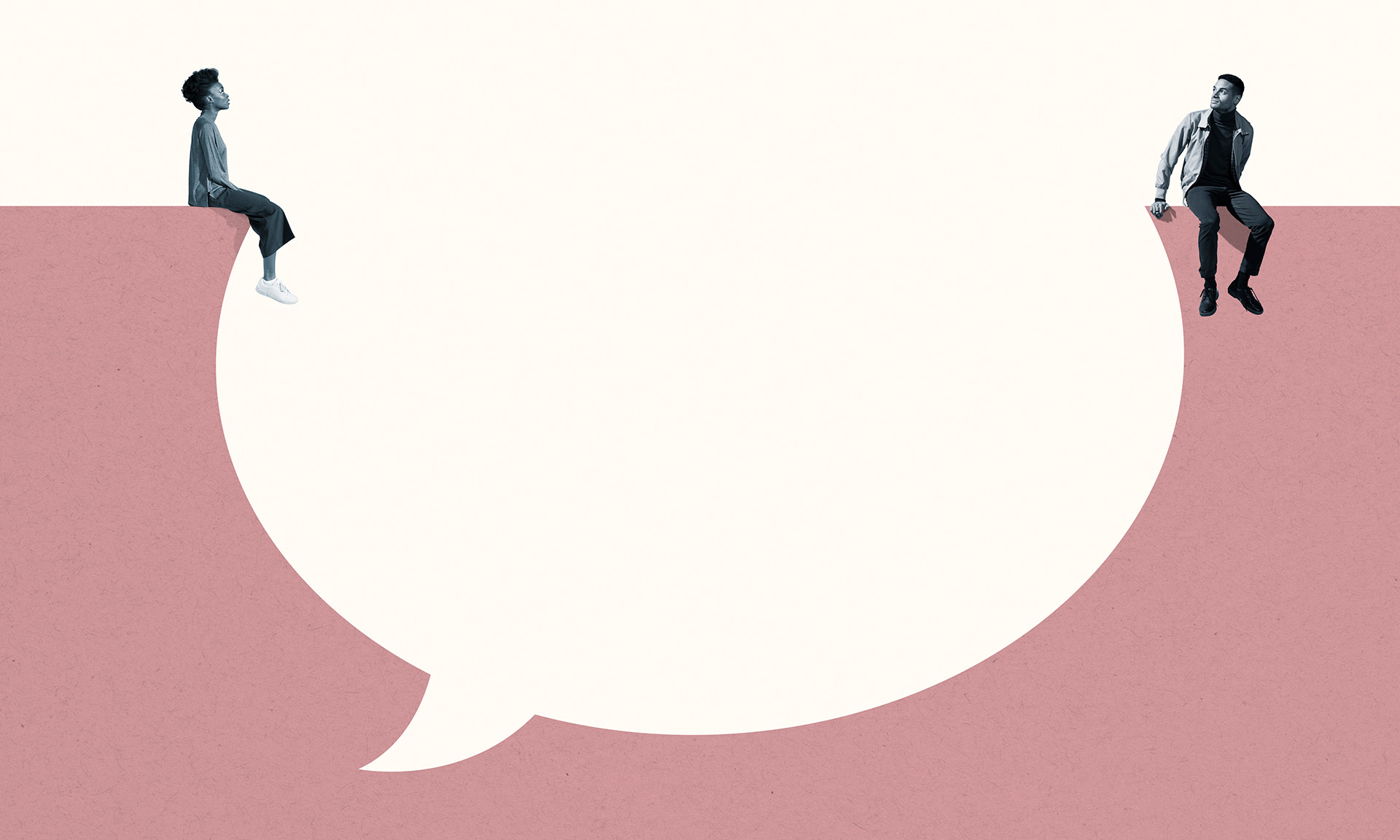Former presidential speechwriter Curt Smith documents the twinned histories of baseball and the presidency.
George Washington was known to throw a ball—for hours, reported one soldier under his command—with his aide-de-camp during the Revolutionary War. Abraham Lincoln would join baseball games on the lawn of Blair House, which still stands across Pennsylvania Avenue from the White House. “I remember how vividly he ran, how long were his strides, how far his coattails stuck out behind,” the home’s owner, Francis Preston Blair, recalled in a letter to his grandson.
The story of baseball in the United States is intertwined with that of the presidency, says Curt Smith, a senior lecturer in English and the author of The Presidents and the Pastime: The History of Baseball and the White House (University of Nebraska Press, 2018). He traces the points of connection from the colonial era to the present, devoting a chapter to each president since William Howard Taft, who in 1910 inaugurated the practice of the president throwing out a ceremonial first pitch.
Growing up in small-town Caledonia, New York, Smith would sit on his front porch, poring over the presidential biographies and baseball entries in the family’s encyclopedia set. “I was enamored,” he says. “Fixated.”
He followed his entrancements to their ends, becoming a speechwriter to President George H. W. Bush and the person USA Today once dubbed the “voice of authority on baseball broadcasting.”
Many politicians have been baseball fans, and Smith seized opportunities to talk about the game with people such as President Richard Nixon and New York Governor Mario Cuomo, once widely viewed as a likely future president.
Nixon was uncoordinated and not much of an athlete, but he had “an endearing ‘Walter Mitty’ quality to him regarding baseball, which is true of many people,” Smith says. Cuomo, by contrast, was a former center fielder in the Pittsburgh Pirates farm system. But each of them saw strong links between politics and baseball.
Both pursuits are combative, Smith says they told him. “They require strategy and the use of all your resources—mental, physical, and often moral and spiritual. And neither pursuit is bereft of ego.”
While the high stakes of the presidency are self-evident, for millions of Americans—Smith included—the rewards and perils of the playing field are deeply felt, too.
After the attack on Pearl Harbor in 1941, baseball commissioner Kenesaw Mountain Landis wrote to President Franklin Roosevelt, asking whether the 1942 baseball season should go ahead as planned. Roosevelt gave his reply publicly, at a press conference: “I honestly feel that it would be best for the country to keep baseball going.”
The president had concluded that the game was crucial to morale, both for troops abroad and on the home front. Smith writes: “Baseball’s cachet was so overwhelming that FDR did not consider obliging another sport . . . The priority here was the war, which baseball could help win.”
The game’s fortunes have since declined. In the 1960s, television networks broadcast five regular-season match-ups per week. Now the only people who watch “already love baseball. It doesn’t court casual fans,” Smith says. This “freefall” in popularity pains him, and he has pointed suggestions for baseball’s leaders on measures that he thinks would draw more people to the sport, including keeping the batter in the batter’s box, enforcing the strike zone, and eliminating pitchers’ delays.
But the pleasure of what he calls “this evocative sport” isn’t in the technicalities, and the book weaves together political and athletic anecdotes. “There are a lot of statistics included, because baseball has a lot of statistics,” he says. “But I hate the whole mania for analytics. I love stories.”
So do many politicians—and baseball’s legendary broadcasters. “It’s known as the greatest talking game,” says Smith. “You tell stories between pitches. Between innings. Between batters. Between games in a series.”
One of his own favorite stories is about the first President Bush. The captain of his college team and a tireless spectator, he told Smith he loved the game from the first time he picked up a bat, at age five.
“Baseball,” Bush said, “has everything.”




